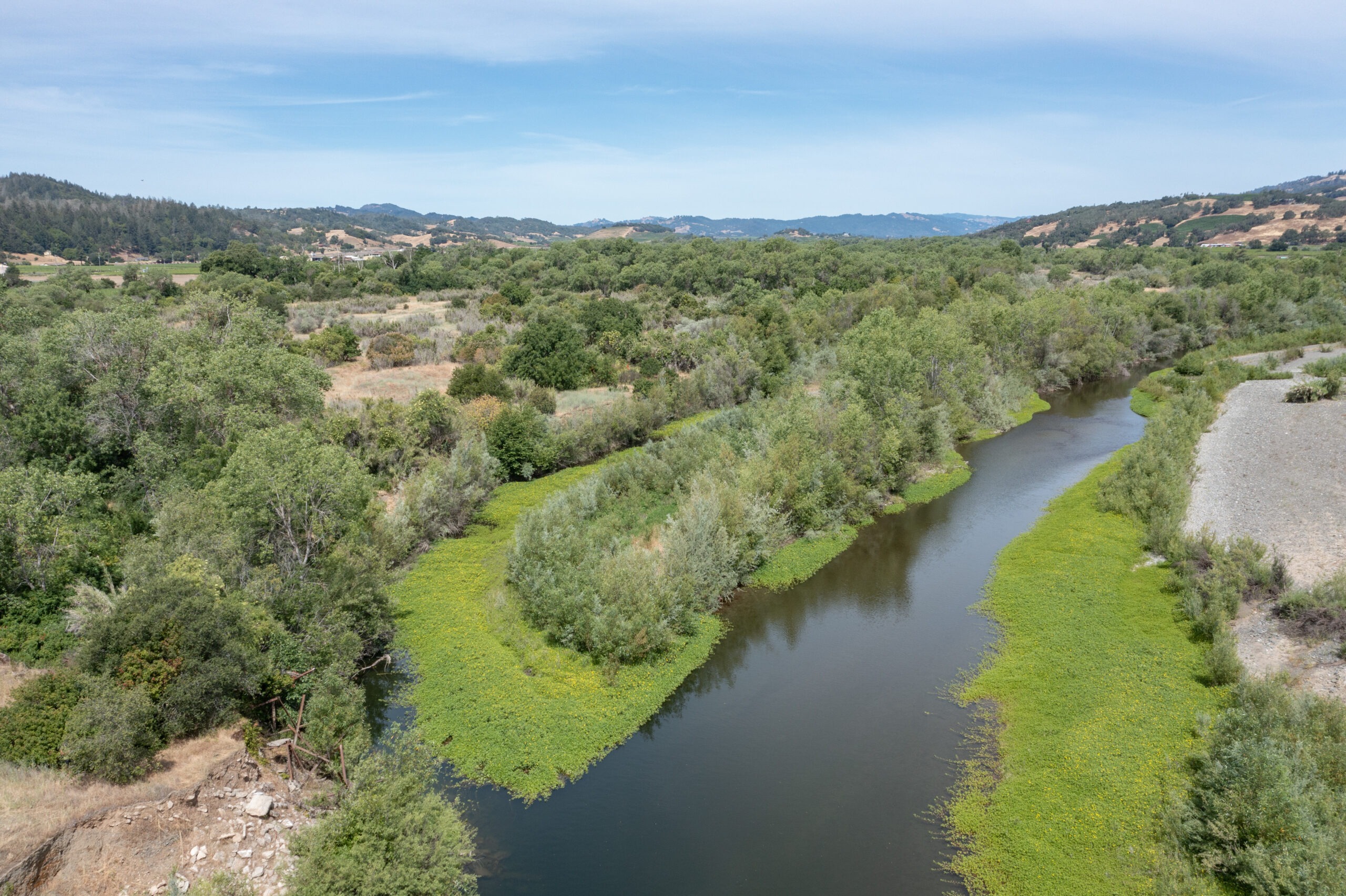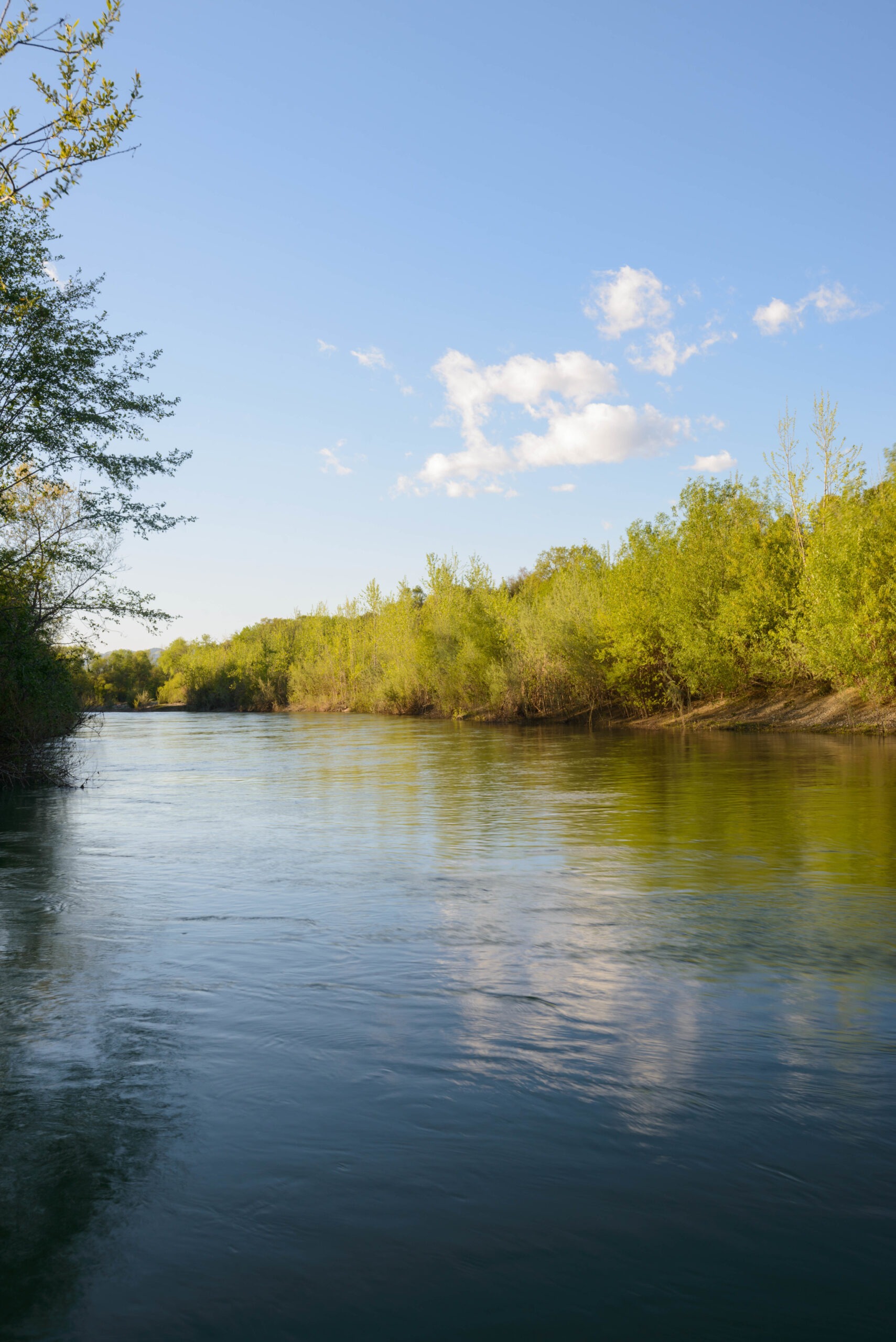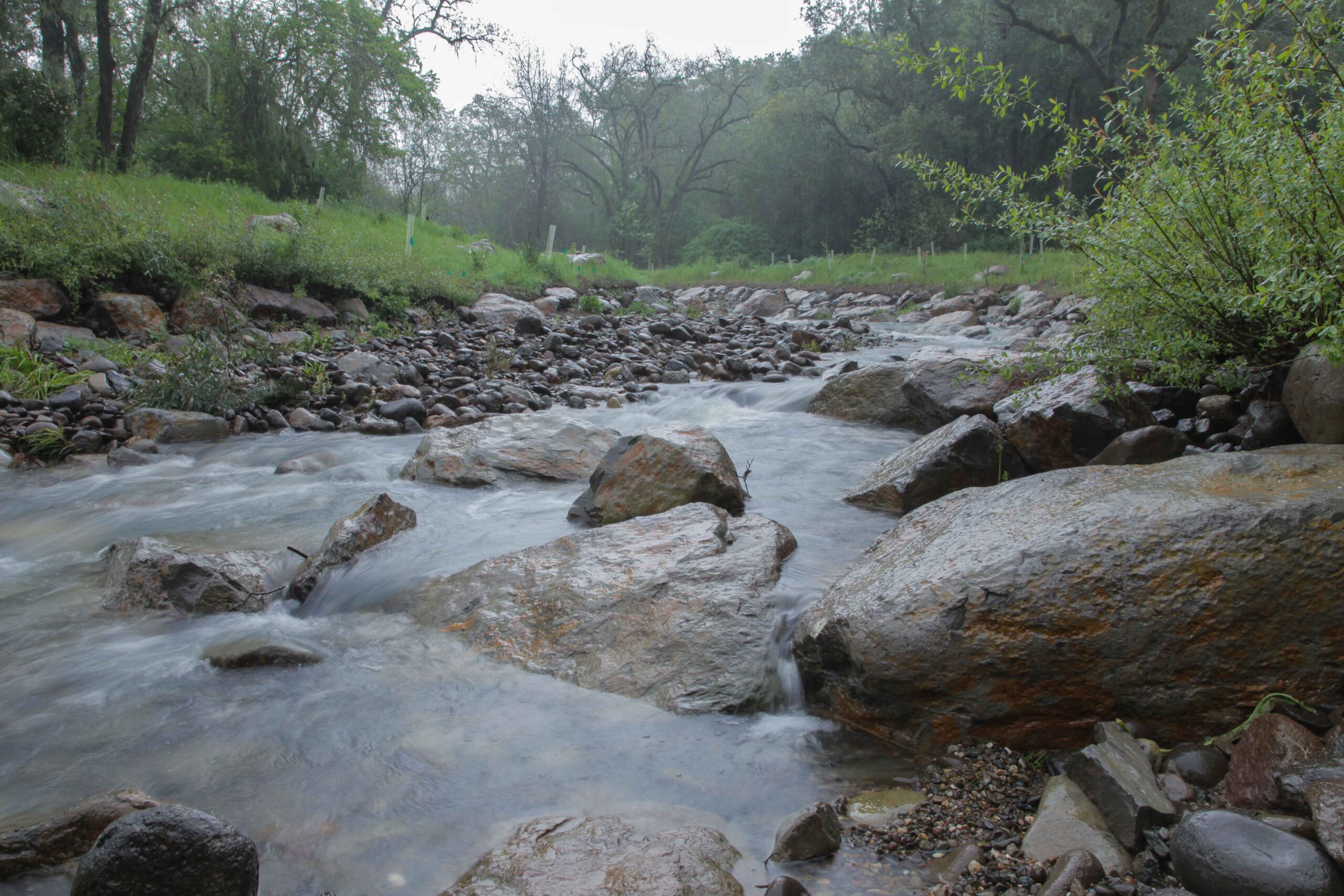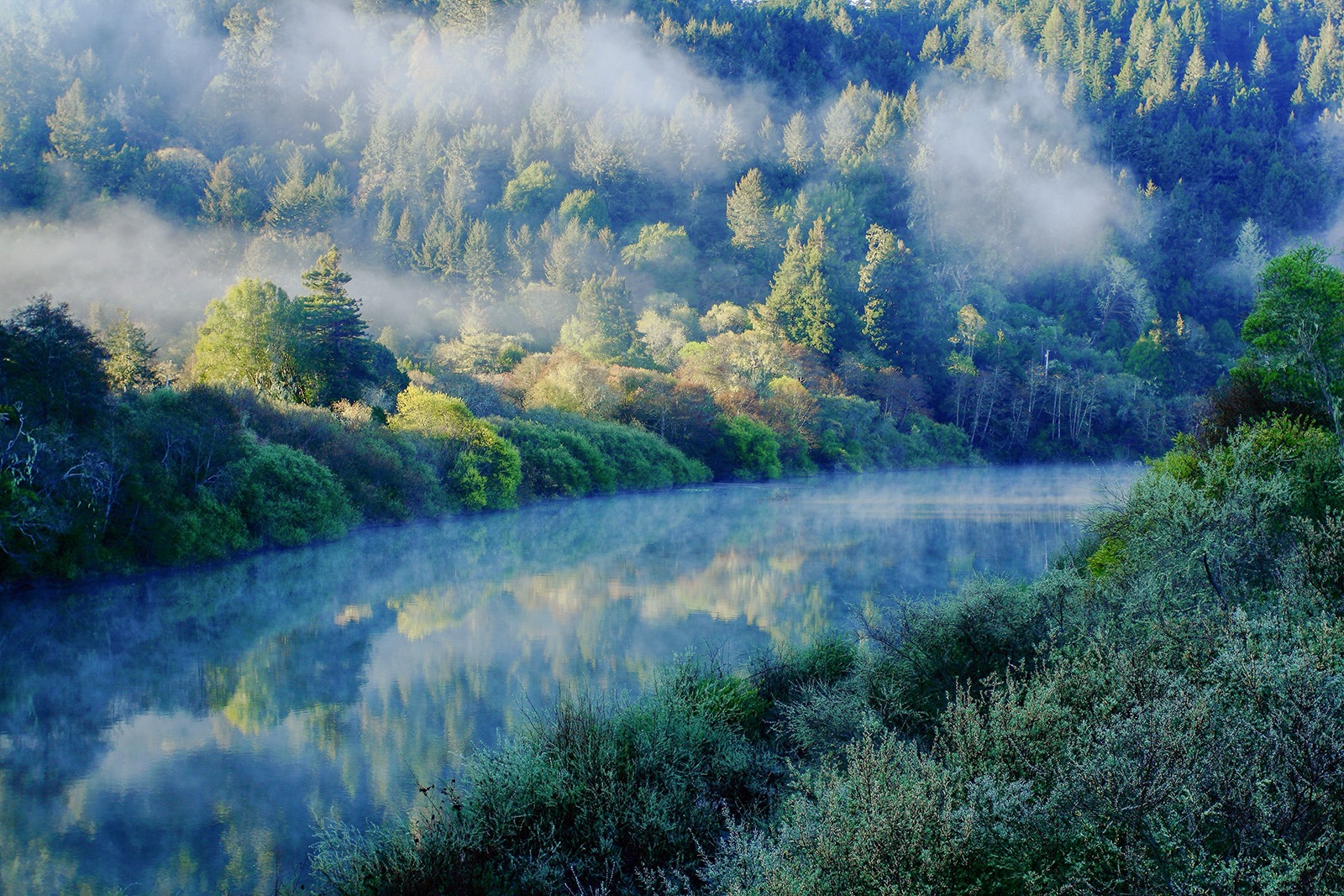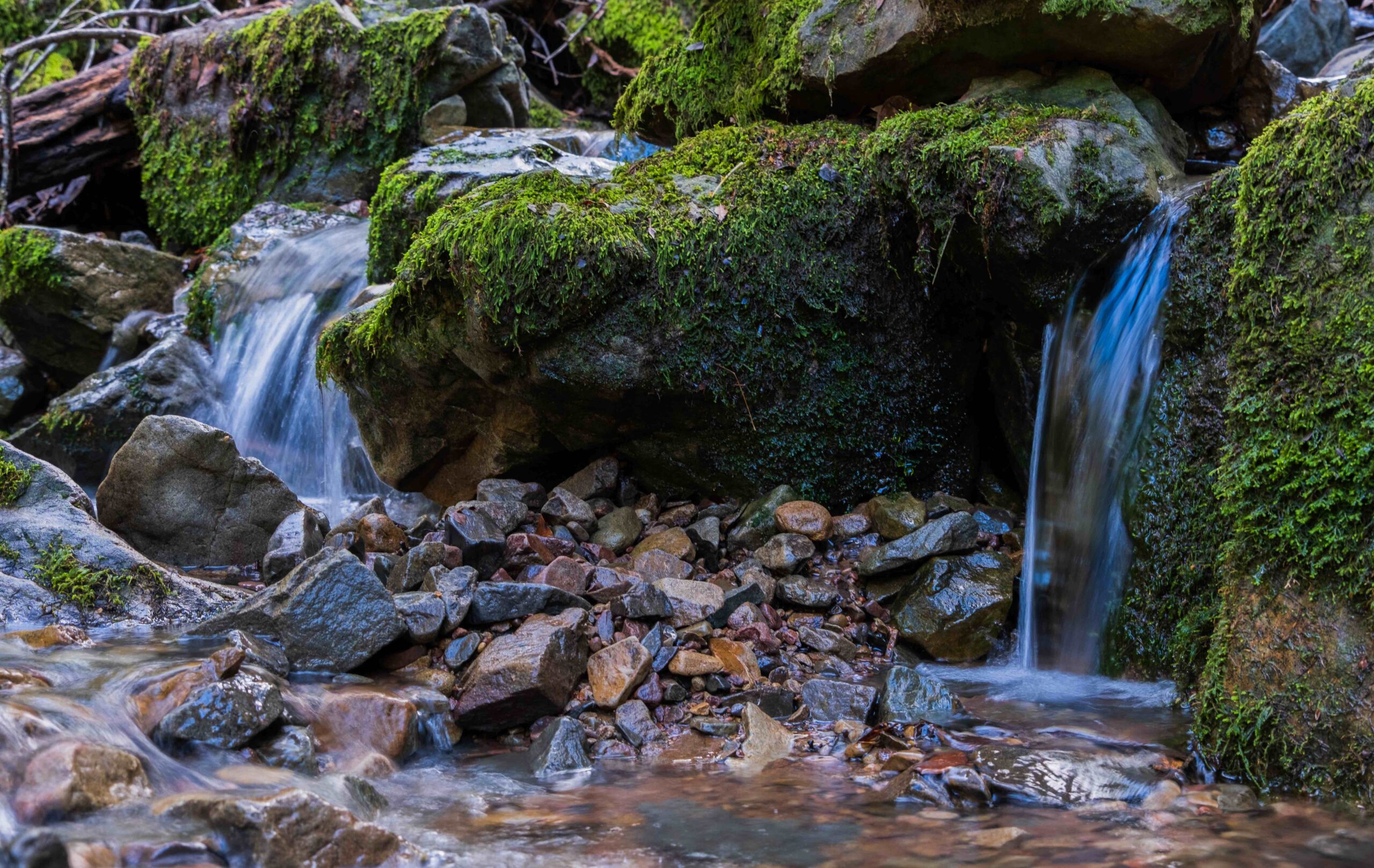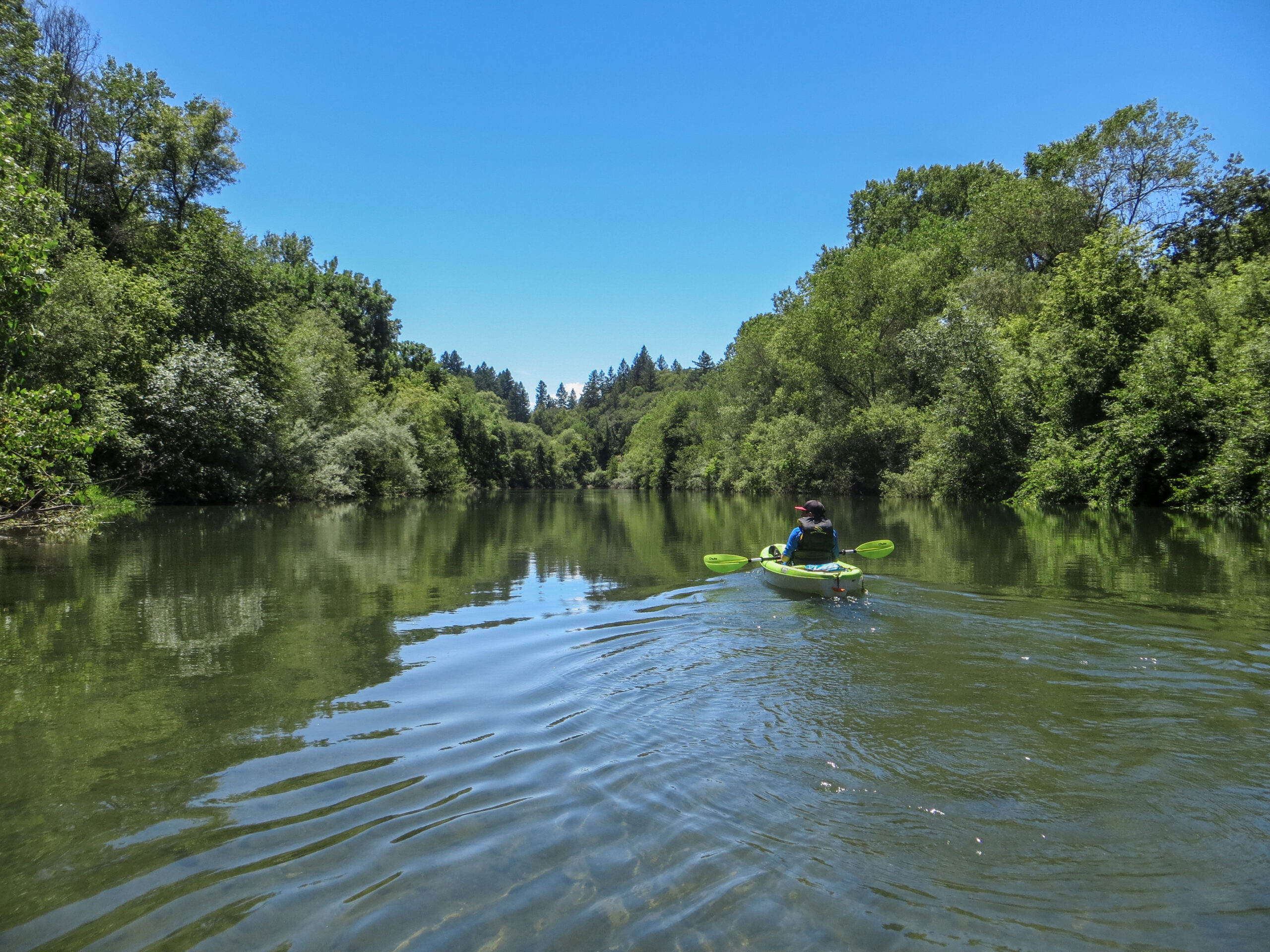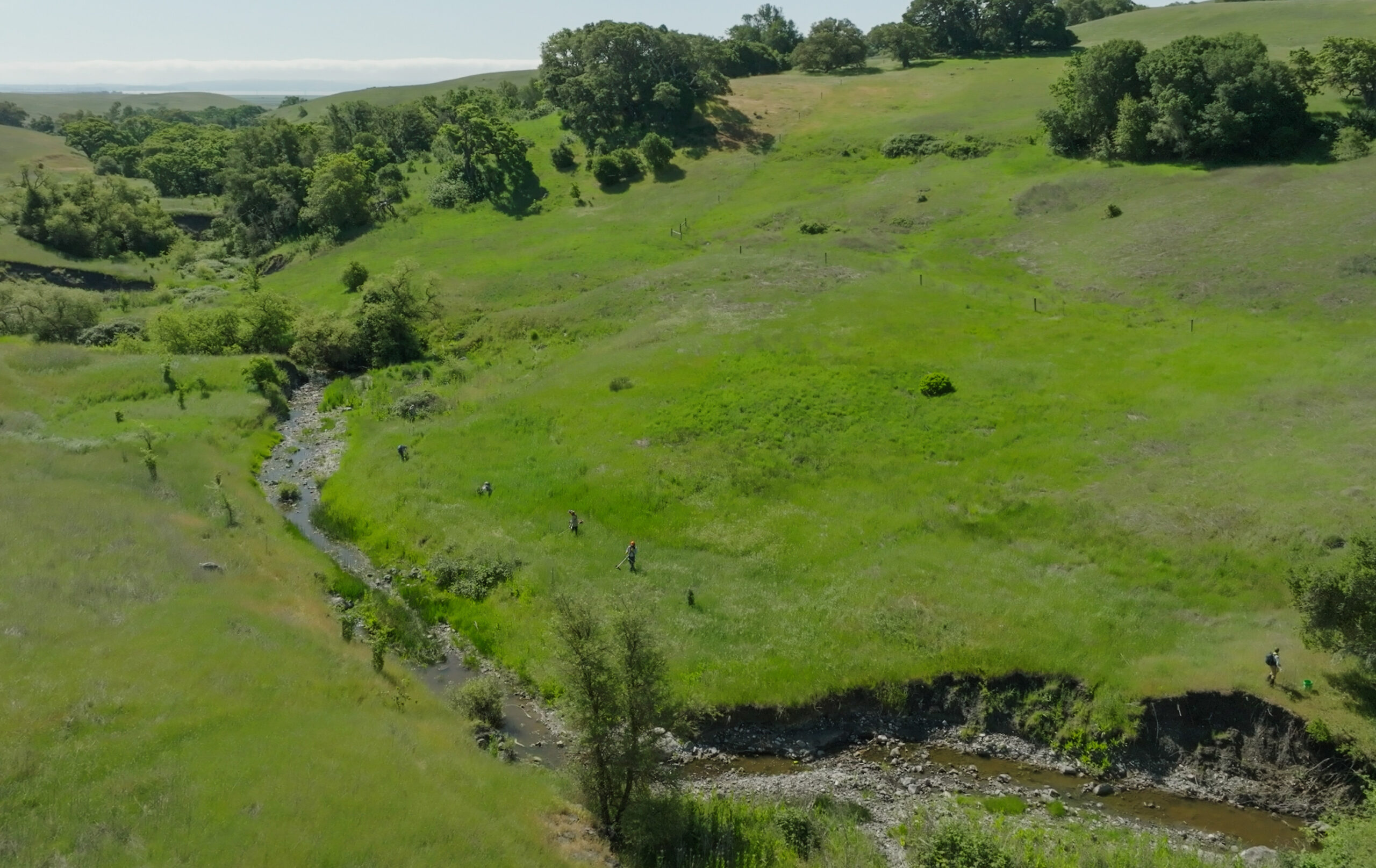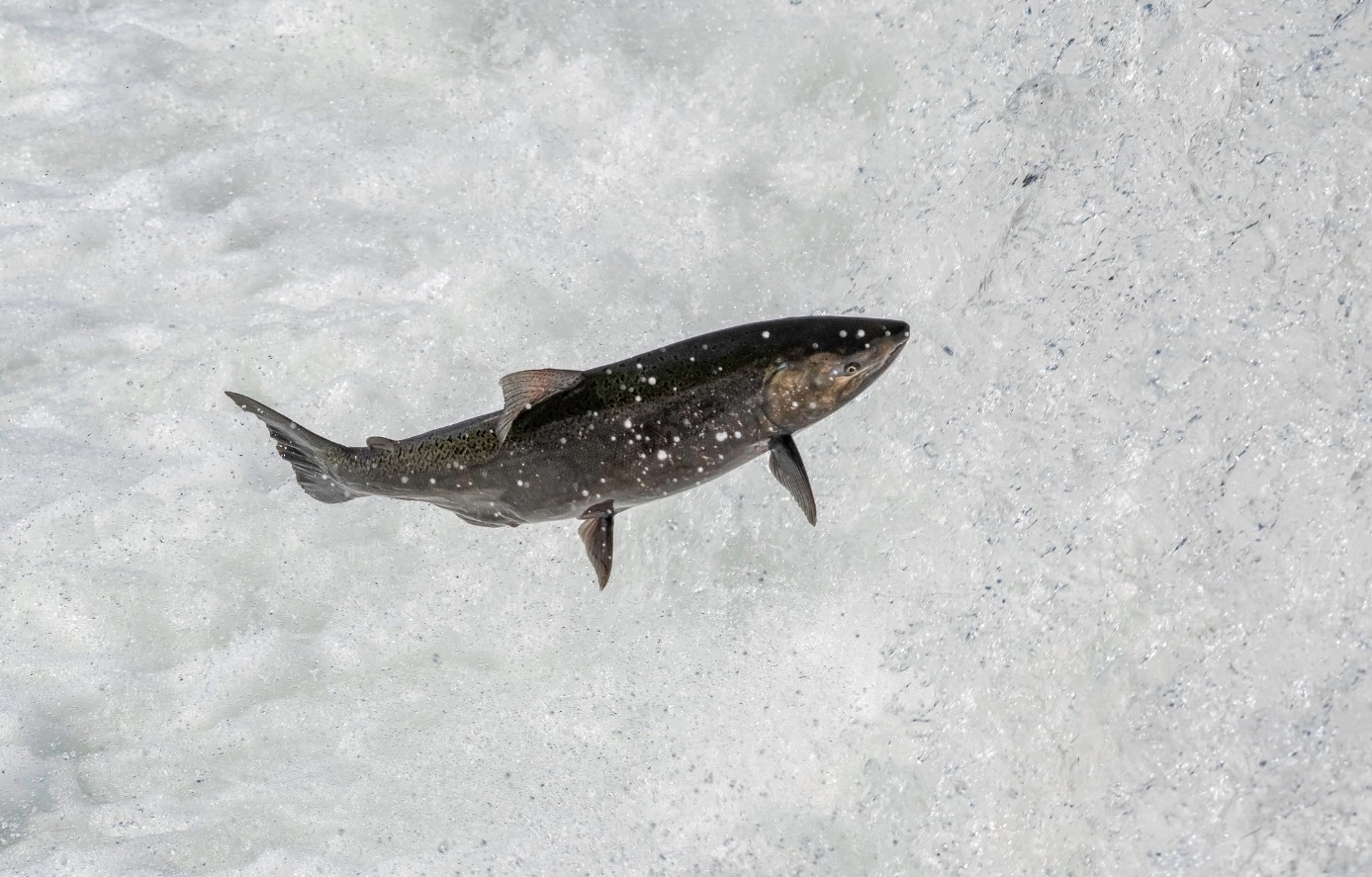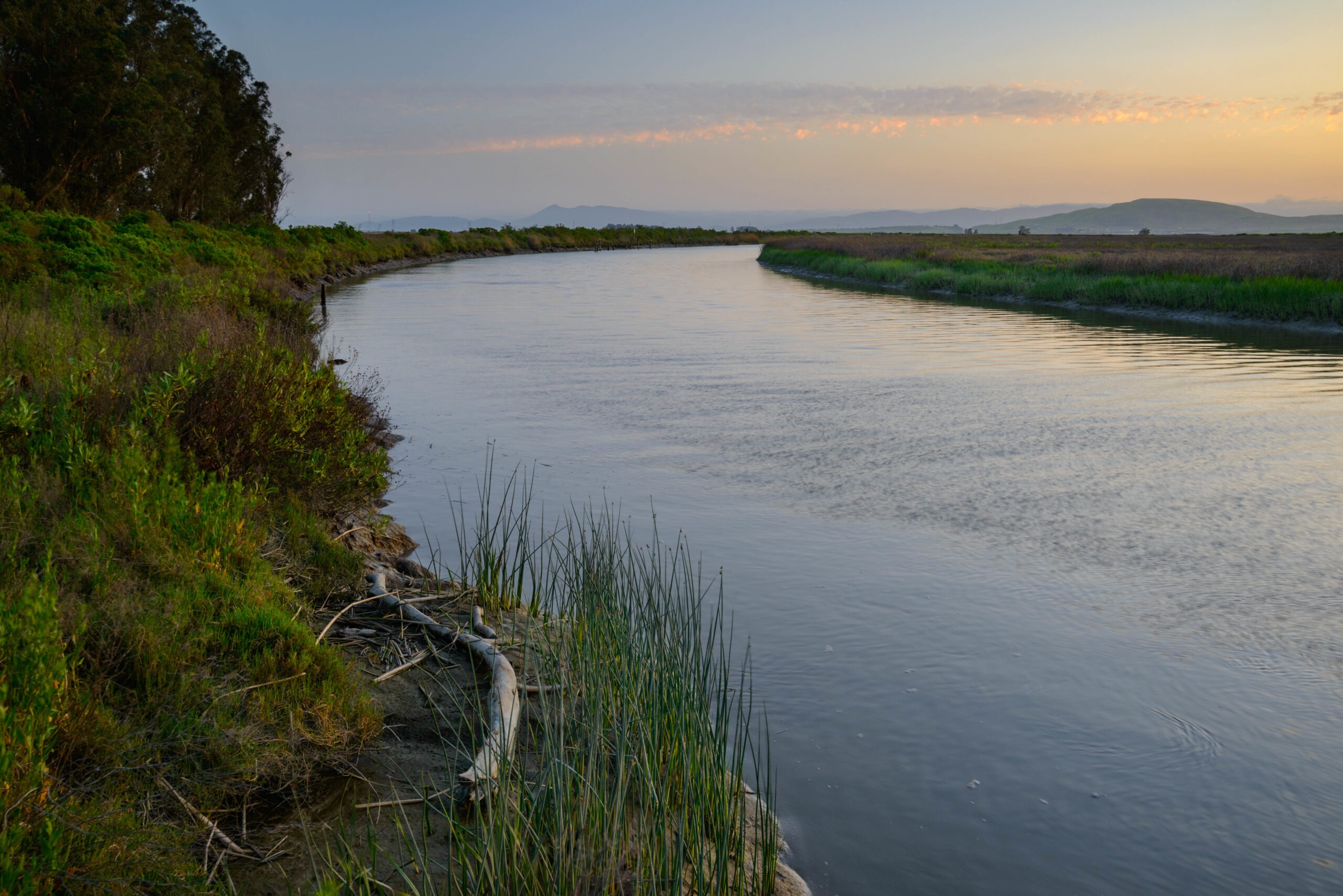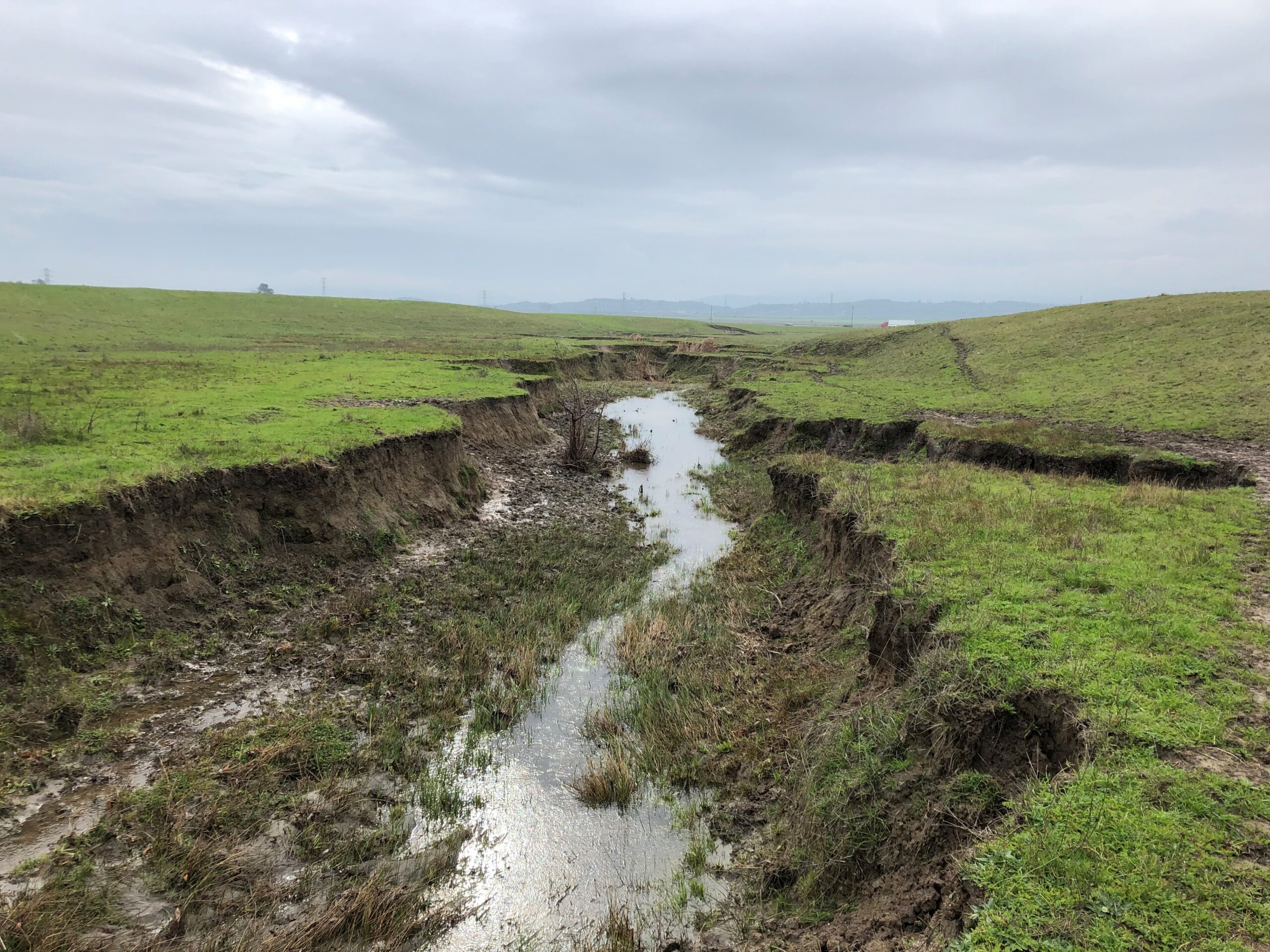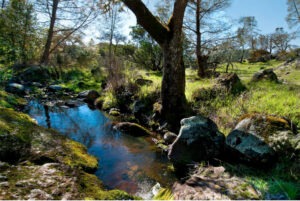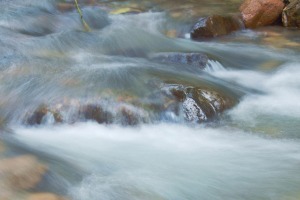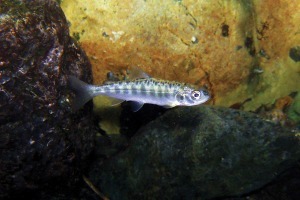Strategic Plan 2023–2028
Water
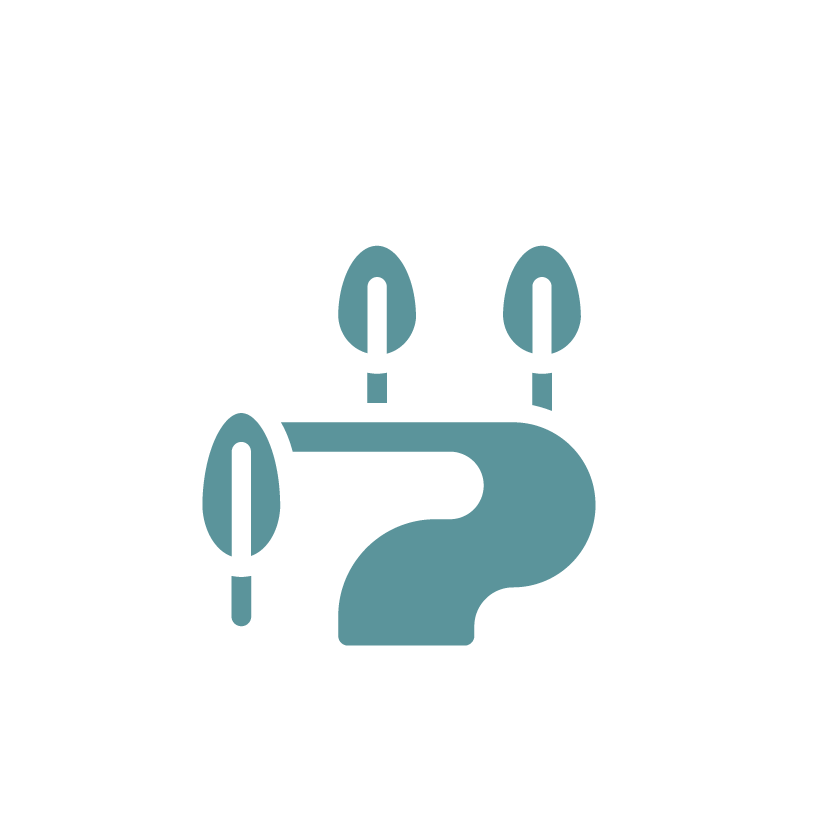

The challenge
Human-made development and infrastructure and habitat destruction are responsible for the degradation of healthy watersheds. Rivers and streams are straightened, dammed, narrowed, disconnected, and contaminated. These alterations to the landscape create unnatural and often detrimental waterflow levels and destructive flood patterns. To address these issues, landowners collectively need to work across property lines on management practices that increase the natural function of the county’s stream and river systems. The consequences of failing to restore and maintain natural watershed functions can result in dry creek beds, empty aquifers, and habitat loss for aquatic species including the salmon and steelhead populations.

The solution
Scientists estimate that California’s aquifers could potentially have up to eight times the storage capacity of the state’s human made dams and reservoirs. Restoring the health and function of our watersheds and reversing the damages made by humans will provide the natural systems that slow, spread, and sink water efficiently across the land. This process is nature’s way of retaining moisture on the land, making it available to all life through its flowing waterways and capturing it underground in its aquifers for future use. By protecting and restoring waterways and watersheds, we return the fundamental process that creates essential habitats for fish, birds, and other wildlife while simultaneously building community resilience to droughts and flooding.
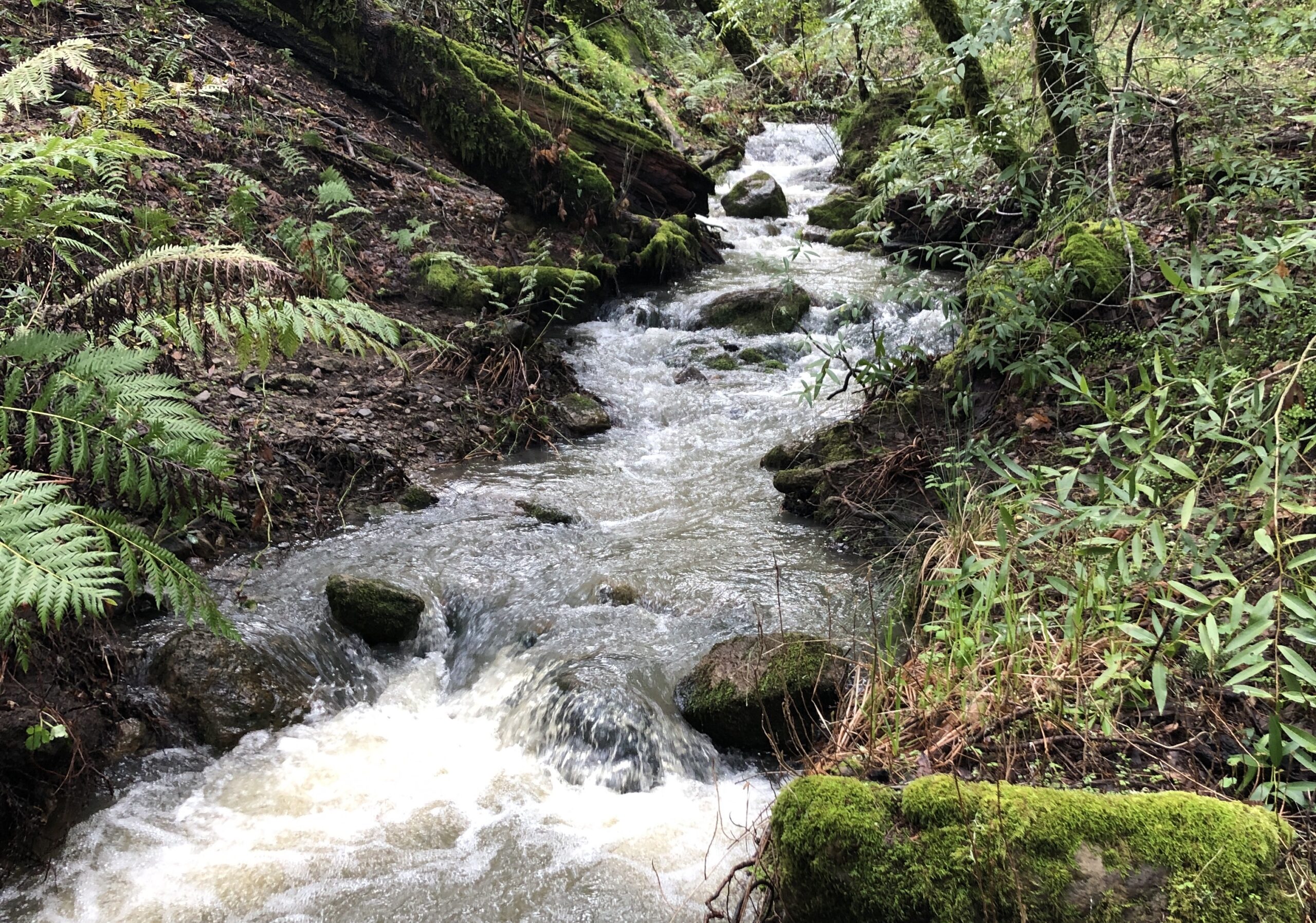
goal
Securing fresh water for people and nature is foundational to our survival. By rehabilitating and reconnecting freshwater systems to restore natural watershed processes and increase water levels in rivers, streams, creeks, and aquifers, we can build water security for our region. Returning fresh water levels that provide pathways and habitat for fish, including species of salmon threatened with extinction, improves the ecosystems that depend on them.
Why this matters
All life depends on clean water, and it is critical that we return as much of it as we can back into the natural systems that sustain plants, animals, and humans, especially through long periods of drought. It is equally important to protect the natural habitat connected to these systems to ensure the survival of fish and wildlife, including keystone species like salmonids. Natural water systems will help to meet the growing demand for water while at the same time increasing our climate resiliency for the decades ahead.
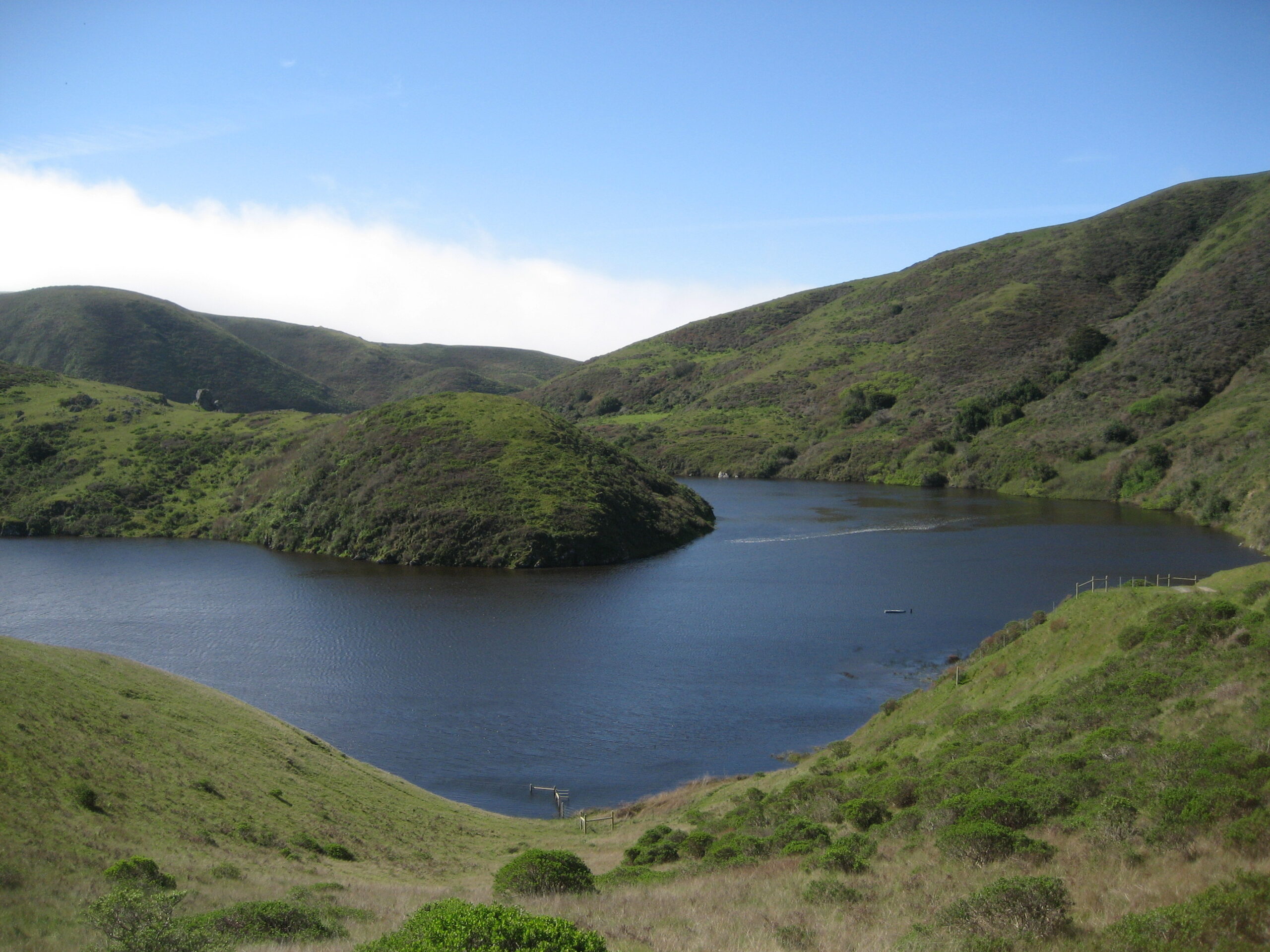
Our approach
We will acquire, protect, and restore critical watershed areas, leveraging our partnerships, land management expertise, advocacy, and real estate transaction skills. By restoring watersheds, stream systems, and wetlands, we will promote healthy, cohesive ecosystems that enhance the long-term water supply in our streams and aquifers and provide habitat for salmonid species.

